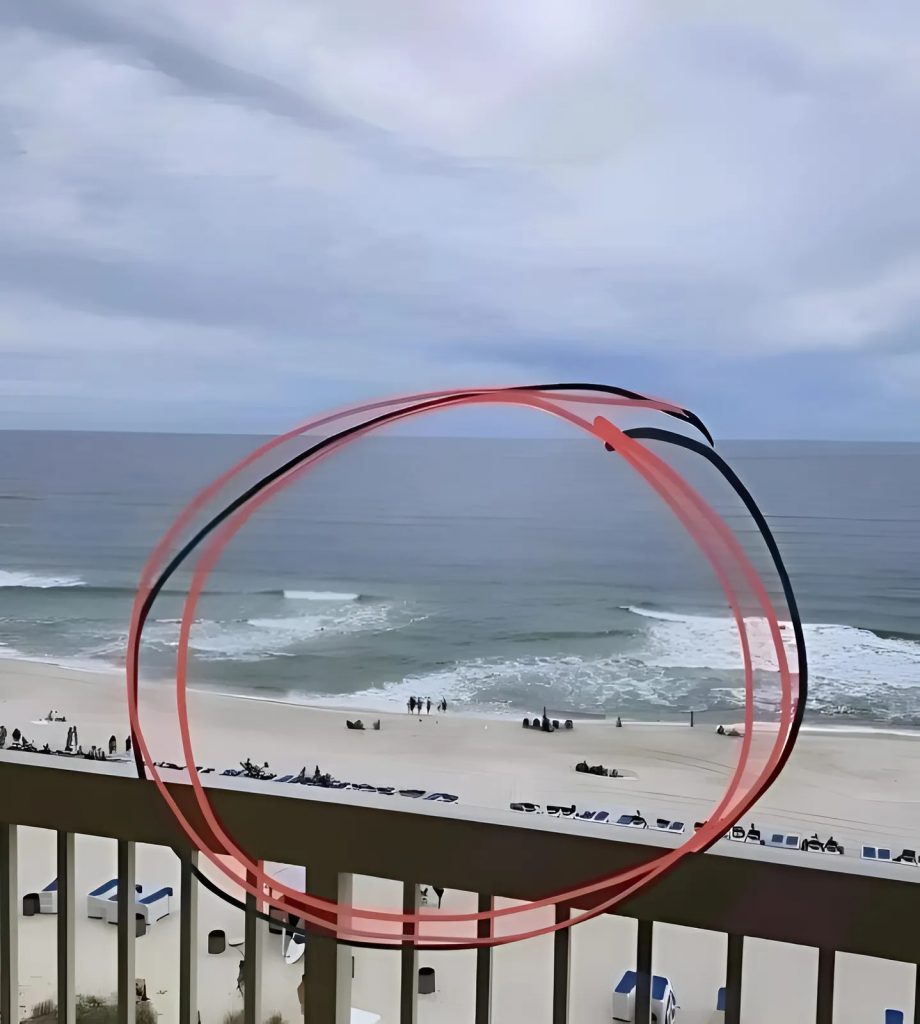When you go to the beach, your first instinct might be to look for the calmest, most peaceful waters to swim in. After all, no waves mean no danger, right? Wrong.
In reality, these seemingly tranquil zones often conceal one of the most dangerous natural phenomena for swimmers—rip currents. These invisible and powerful water currents silently drag unsuspecting swimmers away from shore, leading to countless drownings worldwide every year.
In this article, we will explain why calm waters can be more dangerous than crashing waves, how to recognize a rip current, and most importantly, what to do if you ever get caught in one.
What Are Rip Currents and Why Are They So Dangerous?
A rip current is a powerful, fast-moving channel of water that flows away from the shore, often at speeds stronger than even the best swimmers can manage. These currents are formed when waves break over a sandbar and the accumulated water rushes back to sea through a narrow path, creating an intense pull that can sweep swimmers off their feet and drag them into deep waters.
Key Dangers of Rip Currents
They are invisible: Unlike crashing waves, rip currents don’t create a clear warning sign.
They are incredibly fast: Rip currents can reach speeds of 2.5 meters per second (5 mph)—faster than an Olympic swimmer!
They cause exhaustion: Many drowning victims don’t die because they can’t swim; they die because they get too tired trying to fight the current.
They are common: More than 80% of beach rescues worldwide are due to rip currents.
How to Identify a Rip Current
The good news? Rip currents can be spotted—if you know what to look for.
Signs of a Rip Current:
Darker patches of water – These indicate deeper areas where the current is pulling water back to the ocean.
Lack of breaking waves – If you see a gap between the areas where waves are crashing, this could be a rip current.
Foam or debris moving away from shore – A rip current will carry sand, seaweed, or bubbles out to sea in a straight line.
Struggling swimmers – If you notice someone unable to make progress back to shore, they might be caught in a rip current.
Tip: Before entering the water, take a moment to observe the shoreline and spot potential rip currents.
What to Do If You Get Caught in a Rip Current
If you ever find yourself suddenly pulled away from shore, DON’T PANIC. Follow these survival steps:
Do NOT try to swim directly back to shore
This is the biggest mistake swimmers make. Fighting against a rip current will only tire you out and increase your risk of drowning. Instead, stay calm and conserve energy.
Remember: A rip current doesn’t pull you underwater—it just pulls you away from shore.
Swim parallel to the shore
Rip currents are usually only 10 to 30 meters wide. If you swim sideways, rather than towards the beach, you will eventually escape the current and be able to swim safely back to shore.
If you can’t swim out of it, float on your back and signal for help.
Call for assistance
If you feel too exhausted to escape, wave your hands and shout for help. Lifeguards are trained to spot and rescue swimmers caught in rip currents.

How to Stay Safe and Avoid Rip Currents
Swim only in designated areas with lifeguards. They monitor ocean conditions and can warn you about rip currents.
Never swim alone. If something goes wrong, you need someone to get help.
Check local weather and ocean reports before swimming. High winds and storms increase rip current activity.
Avoid swimming after storms. The water may appear calm, but strong undercurrents could still be present.
Learn to float on your back. This skill can save your life if you get caught in a rip current.
IMPORTANT: If you see someone struggling in a rip current, DO NOT jump in to rescue them unless you are a trained lifeguard. Instead, alert beach patrol or throw a flotation device. Many drowning incidents occur when untrained rescuers attempt to help and get caught themselves.
Final Thoughts: Hidden Danger in Plain Sight
Rip currents are one of the deadliest yet least understood dangers at the beach. Many people assume that a calm ocean is a safe ocean, but the opposite is often true.
By learning how to recognize, avoid, and survive rip currents, you can protect yourself and others from a silent but deadly force of nature.
This summer, enjoy the ocean safely!
SHARE THIS ARTICLE: It could save a life!
